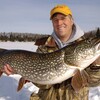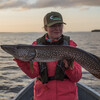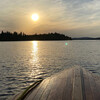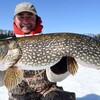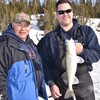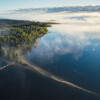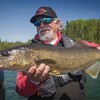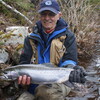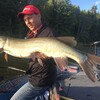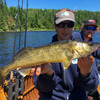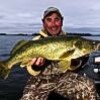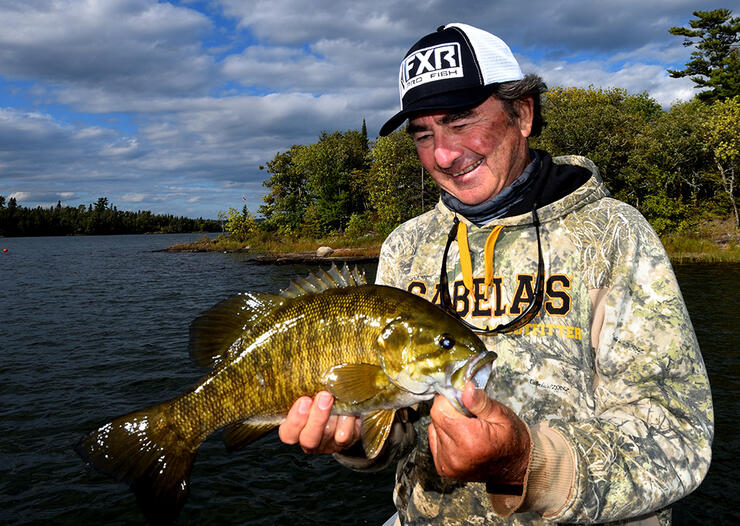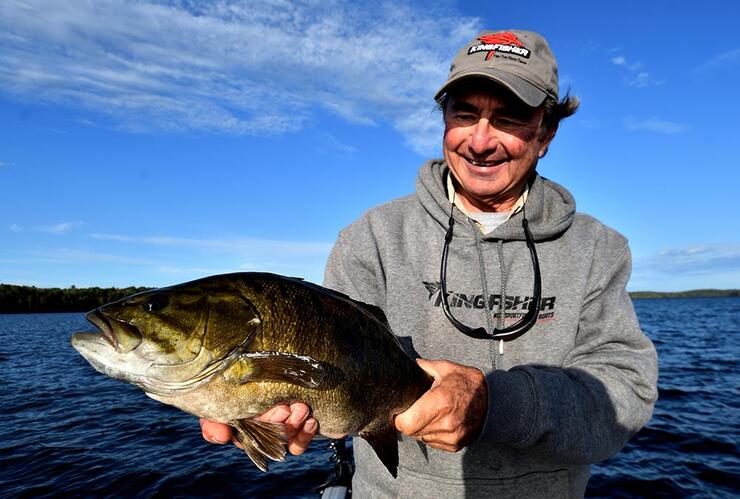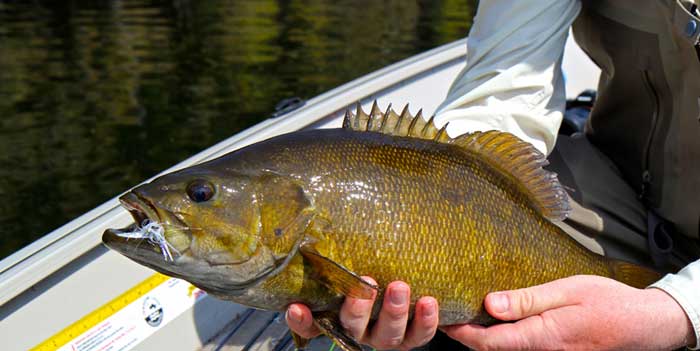Blade Running Bronzebacks
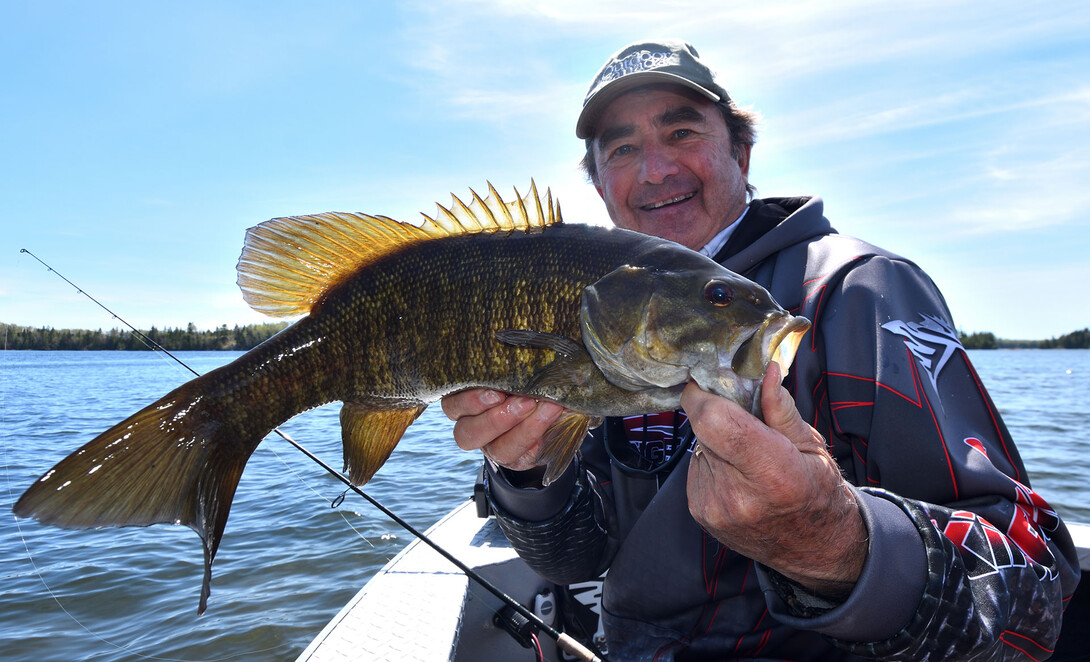
Can you believe how quickly we leapt from summer to fall this year in Northern Ontario? On the Friday leading into Labour Day weekend, my grandson Liam and I enjoyed a marvellous day muskie fishing in t-shirts and shorts. It was sticky hot outside as we melted like ice cream under a blazing sun, and the water was a refreshing 23° C to 24° C (74° F - 76° F). Ten days later, however, I tugged on a light pair of long johns. We had frost warnings at night, and the water temperature had plunged to a chilly 17° C and 18° C (62° F - 64° F).
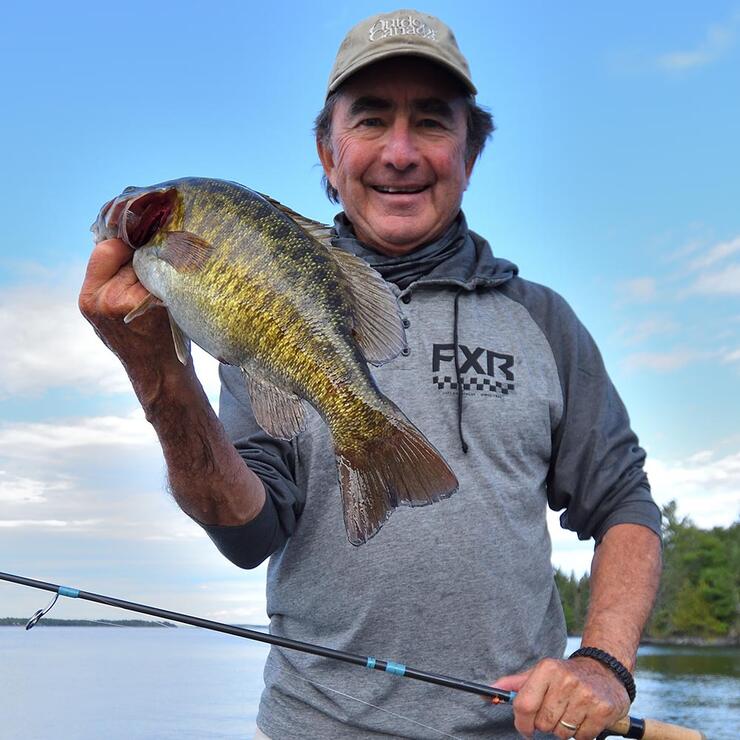
That is the sobering side of this year's quick autumnal transformation. The good news, however, is that the smallmouth bass is moving in the opposite direction of the water temperatures. Better still, they will soon be hitting their fall-frenzied feeding peak. As a matter of fact, I was out just the other day and had an absolute behemoth, perhaps my biggest Northern Ontario smallmouth ever in the net. But before I could lift it into the boat, the bass jumped out, and the fight was back on. Only this time, I pressured him a bit too much as I led him back to the rim of the waiting mesh, and he got off. Yep, that was me you heard cursing! Fortunately, I managed to nab several of his trophy-size brothers and sisters that stretched the tape to the 19 and 20-inch mark.
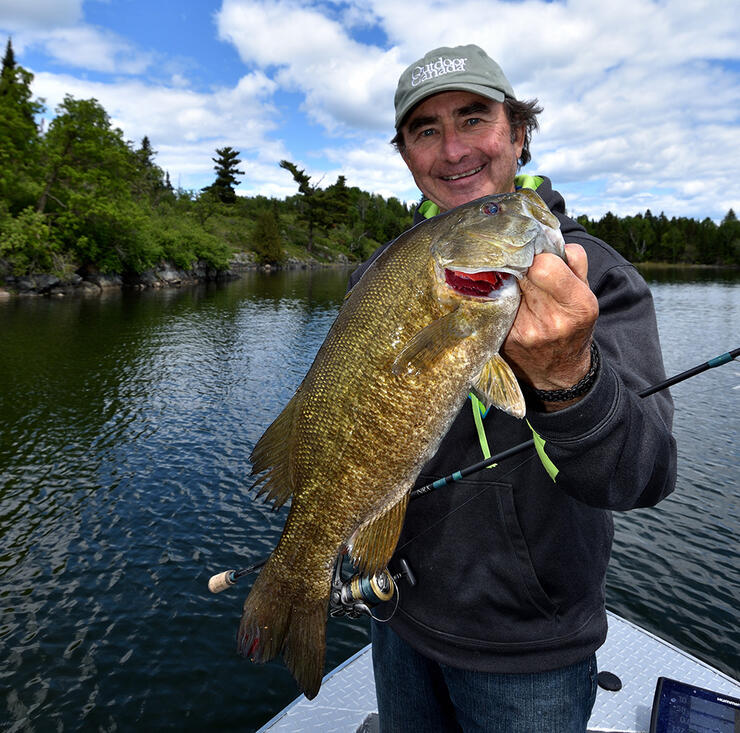
The most interesting development of the day was the fact that I found the fish to be scattered. I caught some still relatively shallow, reminiscent of where I've been finding them in the dog days of summer, and some out much deeper, where I typically locate them later in the season. I found a good number, too, relating to the basin portion of the lake, making for one of my favourite fall patterns that are only going to get better in the upcoming days of autumn. Casting lipless crankbaits and heavy medal blade baits.
When I was out the other day, my three best baits were a 2 1/2-inch long, 1/2-ounce Rapala Rippin' Rap in Bad Lipstick (you have to love that colour name), a similar size Kamooki Smartfish in my favourite rainbow trout hue, and a pearl coloured Freedom Tackle Blade Bait.
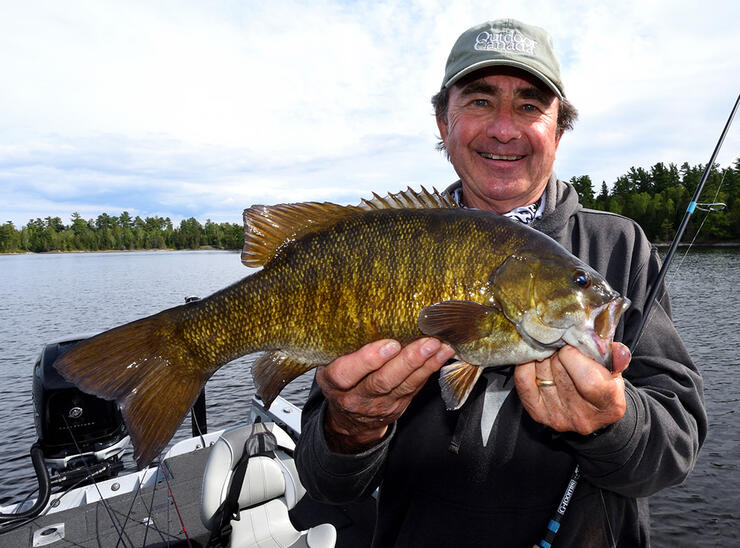
A key characteristic of these lures is the compact weight that lets you easily cast them a long distance and their ability to get down to the bottom quickly. Another important feature is their exaggerated side-to-side wobble that emits a sound and vibration that attracts and triggers bass to bite.
Early in the season, as we are right now, I like to retrieve the lures aggressively by snapping them up quickly once they've touched bottom, then pausing at the top of the apex and letting them wobble back down, before repeating the manoeuvre again with barely a pause. As a matter of fact, I typically don't even wait to see my line go slack as the bait settles before snapping it back to attention.
When the bottom is smooth and comprised primarily of muck, marl, and/or hard sand, the Rippin' Rap is my first choice. But when it includes pebbles, rocks, stones, and isolated boulders, I like the nose-first fall of the uniquely designed Smartfish. Lacking a belly hook, it is much more forgiving when you work it around things on which it can snag.
The Freedom Blade Bait, on the other hand, gets steadily better as the water temperature tumbles. I fished it a bunch the other day, and caught several smallies with it, too, but it super excels later in the fall when the water temperature dips into the polar bear plunge range.
Then, I'll cast it out, let it fall to the bottom and fish it exactly the same way I would a jig, slowly lifting it up with the rod tip just quickly enough that I can feel it wobble subtly, before pausing and letting it fall back down. The vertical distance the lure travels isn't more than a foot and often much less when the water is super cold.
But that retrieval is still four to six weeks away. Right now, the aggressive snap, pause, fall, snap routine is turning Northern Ontario bass heads and calling in the fish. And the manoeuvre is perfectly suited for when you find the fish scattered along the bottom, like fugitive groups of replicas. And like Harrison Ford in the movie Blade Runner, it is your job to hunt them down.
Recommended Articles
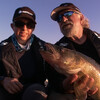
Lodge 88: Keeping it in the Family
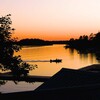
Lakair Lodge

The Largemouth Show
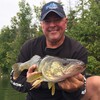
Multi-Species Action
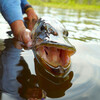
Streamers for Big Pike
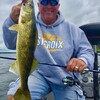
3 Great Ontario Walleye Destinations
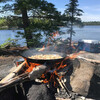
A Walleye Adventure at Anderson's Lodge
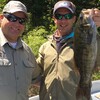
Ontario Experience
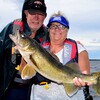
Thirst to be First
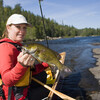
Exploring Turtle River
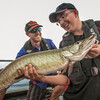
Pat’s Muskie Academy
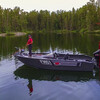
Chapleau Lodge: More Than Just Fishing
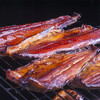
Smoked Fish: A Do-It-Yourself Delicacy
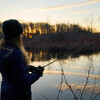
Memorable Panfish
Irregular Lake Trio
Laurentian Lodge
The Pros Go-To Tactics
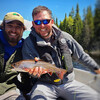
Top 5 Tips to Help Improve a Day’s Fly Fishing

Northern Ontario is Great for Fall Bass
